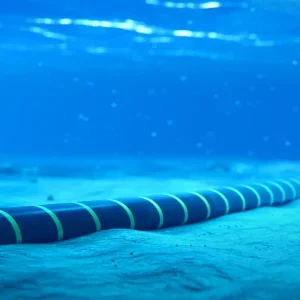StatoilHydro has long been aware that oil and gas also lie in the upper part of the field, but the production characteristics in the tight chalk are much more difficult than in the main reservoir. This part of Oseberg has therefore remained untested until now.
For the company’s contract team it has been a challenge putting the acid stimulation into practice, since chemical vessel access in the market is tight. It has therefore developed a solution where pumps and tanks have been welded on a supply vessel.
This could be the start of a drilling campaign stretching over many years. The Shetland Chalk formations could then be greatly upgraded, from a transport stage to a fully-fledged oil producing zone that increases the operational and commercial lifetime of the Oseberg field.






